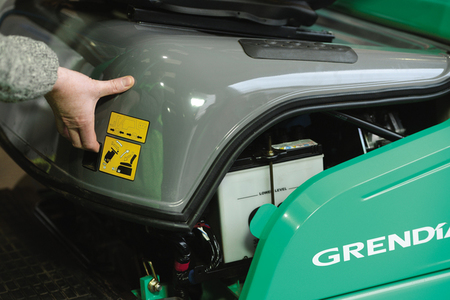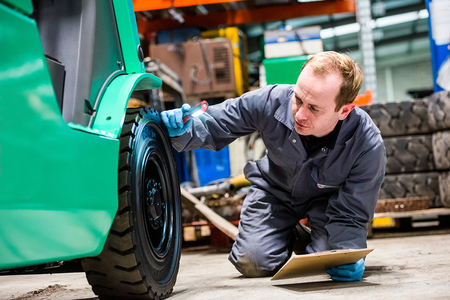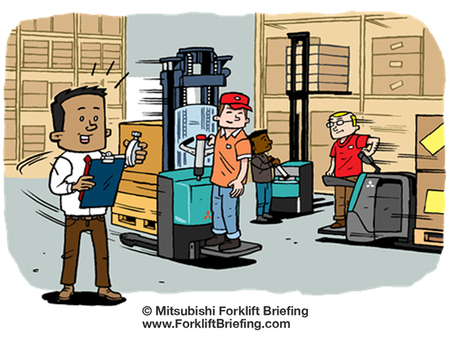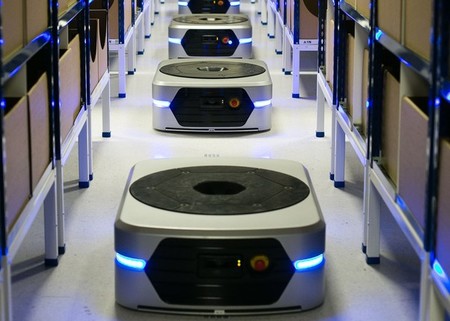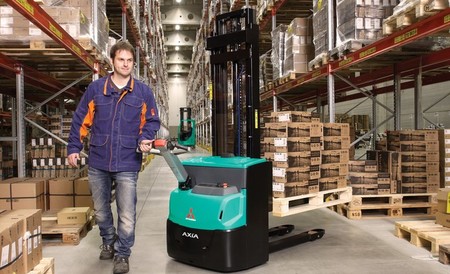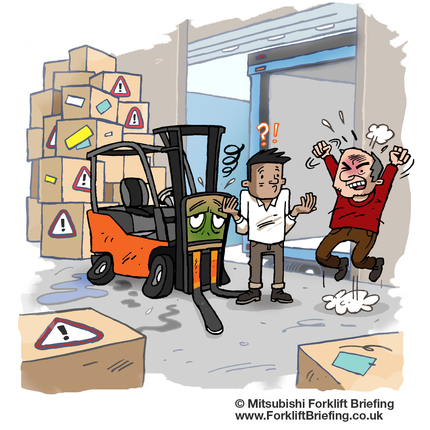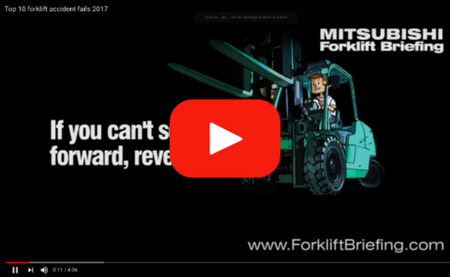
Cleaner engines are good for the environment – and your Total Cost of Ownership (TCO)
Cleaner engines are good for the environment – and your Total Cost of Ownership (TCO)
Demand for lower vehicle emissions and higher fuel efficiency in the automotive industry has drifted over other motive industries. And, industrial lift trucks are no exception. Besides market demand also (European) regulations influenced the development of the modern industrial engines.
To meet these requirements, many diesel engine manufacturers are using Exhaust Gas Recirculation (EGR) systems, an emission aftertreatment technology that converts (NOx) in the diesel engine exhaust stream into nitrogen and water vapor - two natural components and certainly more friendly for the environment.
How do emission systems work? And, how do they play a role in lowering emissions and improving fuel efficiency?
The combustion process
Oxides of Nitrogen (NOx) gases are created during the combustion process by high cylinder temperatures in the engine. To reduce NOx emissions before they develop, the cylinder temperature must be decreased during the combustion process.
To meet the emissions regulations, several new air systems and technologies have been developed, such as:
- Exhaust Gas Recirculation (EGR) system
- Common rail
1. Exhaust Gas Recirculation
The Exhaust Gas Recirculation (EGR) system, which is also known as a NOx Reduction System (NRS) system, captures a portion of the engine’s exhaust, cools it, and routes it back into the intake manifold. The EGR is effective because the total percentage of oxygen available in the combustion chamber is reduced due to the recirculated exhaust gas containing very little oxygen in contrast to the boosted air. This reduced amount of oxygen in the combustion chamber allows for fuel injection timing to be more advanced, which aids in reducing cylinder temperatures. Thus leading to reduced NOx output.
It does not stop here. Whilst the EGR reduces the NOx levels during engine combustion, aftertreament reduces Particulate Matter (PM), Hydrocarbons (HC) and Carbon Monoxide CO in the exhaust.
2. Common rail
Common rail is a fuel injection system found in modern diesel engines. Common rail systems provide a level of flexibility leading to class leading emission control, power and fuel consumption. An increasing number of modern diesel engines employ common rail direct injection (CRDi) fuel systems for the flexibility they provide whilst meeting the most stringent emission control standards.
In a common rail system, the fuel is stored at variable pressure in a cylinder or ‘rail’ connected to the engine’s fuel injectors via individual pipes, making it a ‘common rail’ to all the injectors. The pressure is controlled by a fuel pump but it is the fuel injectors, working in parallel with the fuel pump, that control the timing and amount of the injected fuel. The fuel is injected under pressure with electronically controlled precision. When compared to older fuel systems, the common rail system is able to supply fuel at a higher pressure, ensuring a more efficient use of fuel. Fuel consumption drops due to a finer spray of fuel which burns more efficiently.
The common rail system also provides fuel in more steps, through timing flexibility, instead of only providing it once. This improves noise levels, vibration and harshness, making the engine more quiet and run smoother.
A further advantage of the CRDi system is that it injects the fuel directly into the combustion chamber. This means less fuel is wasted as soot or particulates in the exhaust and deposits in the engine.
Conclusion
Modern techniques bring high torque, great power at low revolutions and trouble free operations. But companies are also seeking to minimize their Carbon Footprint by reducing their energy consumption. By utilizing vehicles that have cleaner emissions and lower consumptions rates, they can also expect lower operating costs.
- Action points
- Make sure your new IC engine forklift meets the latest emission regulations
- Check fuel consumption rates within your fleet and replace old forklifts that run inefficient. Savings will be your reward.
Credit: this article was created with the support of Carmen van Boeckel, technical trainer at Mitsubishi Forklift Trucks
